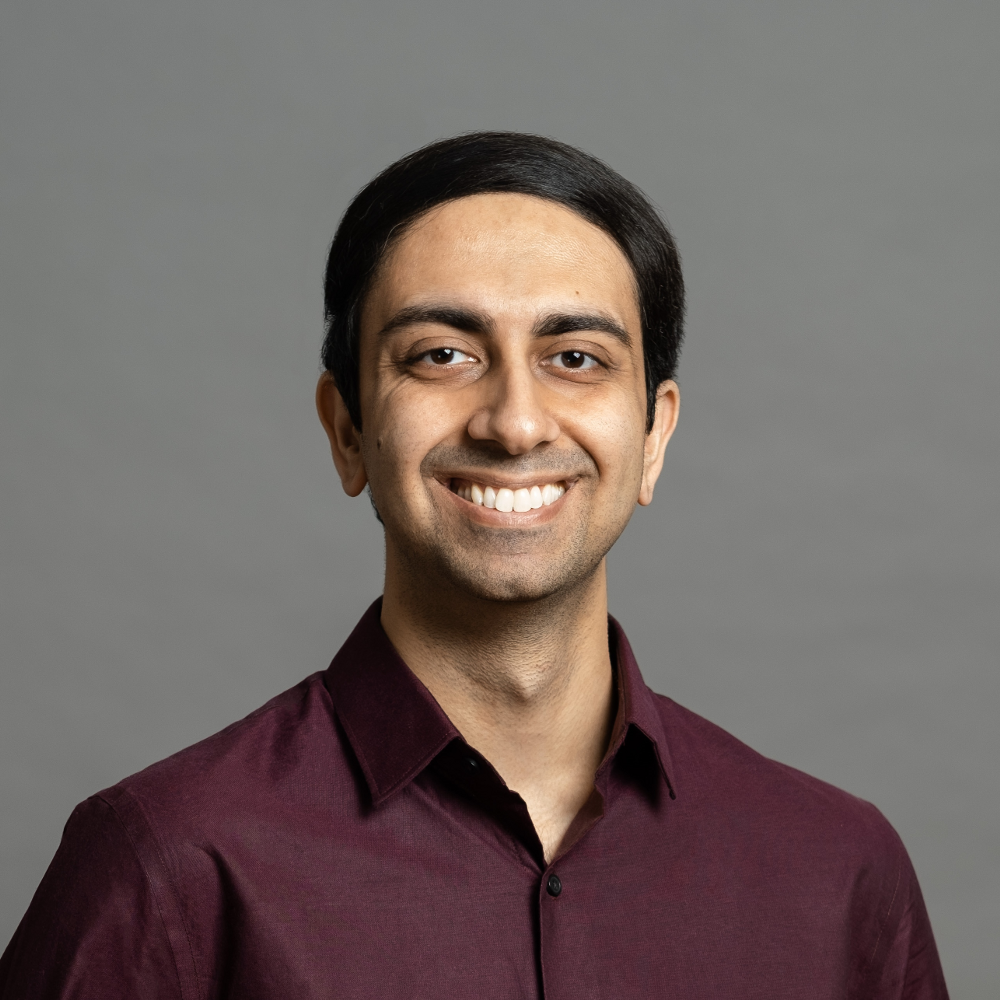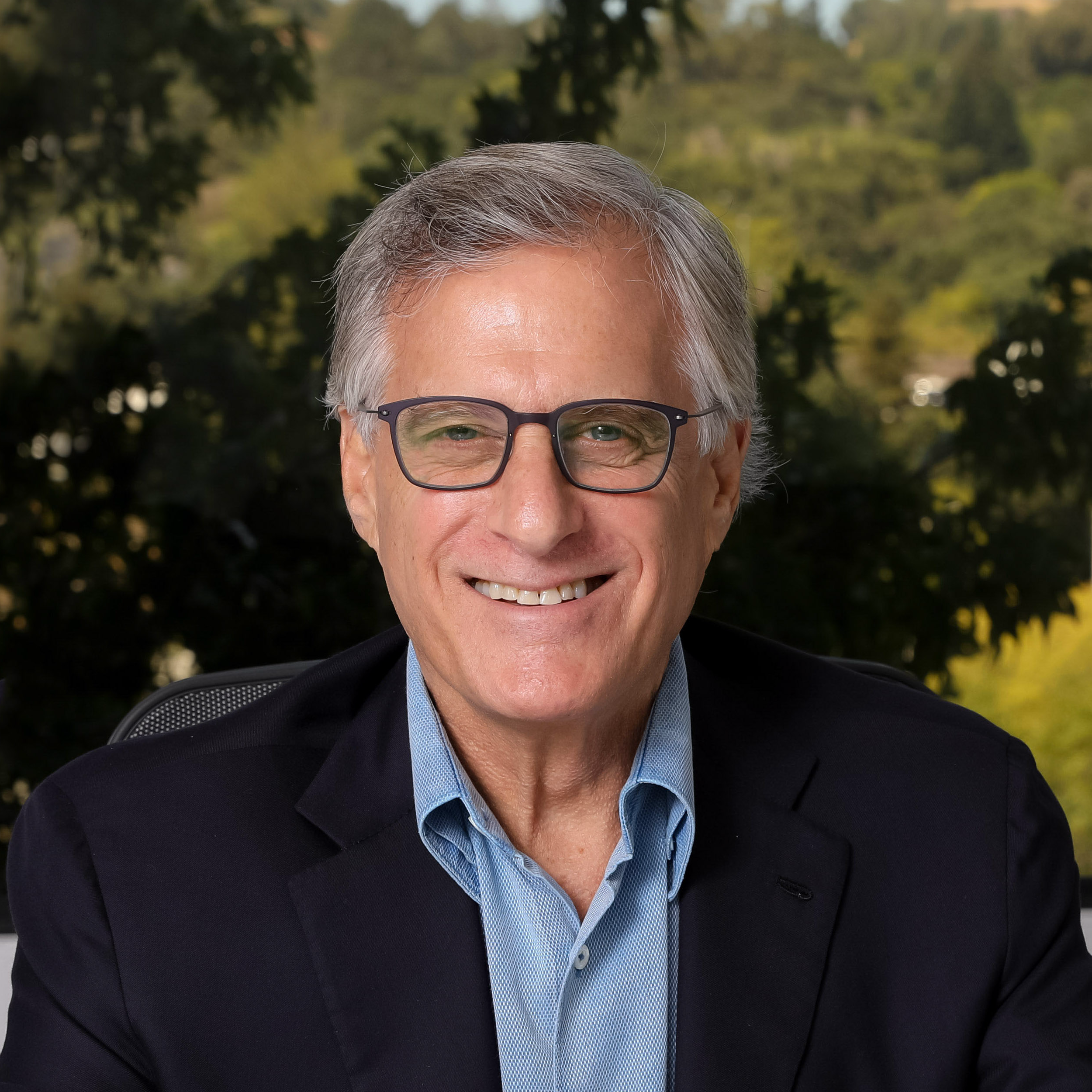Edge Executive Insight – Sam Nagar, Siemens

In the lead up to Edge Computing World, we’re taking some time to speak to key Executives from the leading companies supporting the show. Today we’re talking to Samir Nagar, Sienior Vice President, Siemens.
You talk extensively with customers in the Factory Automation space. What are their most important needs and use cases that can be met by edge computing solutions?
For customers in the Factory Automation space, they care most about ensuring production is efficient, available, and reliable. Everything needs to be industrial grade including both the hardware and software. If we pick one use case to highlight – say visual quality inspection analysis for example, there is a massive amount of video data that is impractical to send to the cloud, requiring a robust edge solution that enables the data to be processed locally (and most importantly, the edge systems to be fully manageable). Furthermore, an edge solution in our space should be something that fits within the convergence of OT and IT end users. This mixed audience and stringent requirements is what makes our space so challenging to get it right.
Edge Computing is often cited as the place where IT (Information Technology) meets OT (Operations Technology). In your experience is this true, and what challenges and opportunities arise?
Yes, absolutely true. This is what creates a barrier for adoption of edge offerings for companies that are either historically OT or historically IT. Because edge compute is oftentimes the intermediary between both forms of technologies (such as in between OT automation equipment and the IT cloud), it is critical to not only build the right balance of functionality, but make it useable by different audiences that have very different technical skillsets. What might make sense as a click via a visual interface for OT is not going to work for IT that prefers a more repeatable or programmatic command line experience.
How do you see edge computing contributing to post pandemic business recovery?
In regards to COVID-19 recovery, Edge computing has a different role to play for each market segment. For manufacturing it has become the backbone for introducing more and more industry 4.0 functionalities into a shop floor that improve efficiency without requiring a re-architecture every time. This is needed for us to keep up with the massive manufacturing demand since COVID-19 started. For retail, it’s going to be an important technology for enabling companies there to open up in a safe way (spatial intelligence comes to mind). I’ve seen great examples in the energy sector as we ensure people are getting a basic necessity like electricity through edge computing (microgrids). At the end of the day, edge compute is going to be an enabler (in conjunction with cloud) as critical infrastructure for all of the technologies helping us return to normalcy in a post COVID-19 world.
Security and data sovereignty are often major considerations on the factory floor. How does edge computing support these areas of concern?
We’ve encountered plenty of customers where edge compute is the only path forward to maintain their preferred level of security and data sovereignty. At the end of the day, when the customer owns the infrastructure, they have a lot more control over the data that flows through it. If you can be sure data is not accessible anymore when you unplug a server, sometimes that much peace of mind is the ideal for certain CSOs or CIOs. The goal should be to make that approach as scalable and repeatable as possible.
How does Siemens work with the ecosystem to bring compelling solutions to market?
Siemens has been aggressively ramping up our efforts to further grow our ecosystem of app builders, device makers, infrastructure providers, and GTM partners by starting leveraging our own expertise and reach. For example, we have some of the most advanced factories in the world that we use to produce our PLCs and numerous other products. Trying things there with select partners that we feel are a good fit for the broader customer base has been pivotal for both us and the ecosystem. We’ve had some quite popular reference architectures arise from our work with the ecosystem and we look forward to engaging more.
How do you see edge computing and distributed architectures evolving in the future?
The line between the cloud and edge is going to continue to blur. I feel it will eventually converge into truly homogenous and ubiquitous infrastructure. To some extent this line already has blurred – we as a community still struggle to collectively define edge. Ultimately the way I see it, there’s going to be more cloud concepts you find on-premise (PaaS extensions, FaaS as some examples) as well as more edge concepts you find in the cloud (such as manageability). And as the infrastructure becomes more consistent, it will become easier than ever to harness the full potential of edge computing.
What are you looking forward to most about your involvement in Edge Computing World?
Connecting more with the community. It has been so exciting to watch the edge compute market mature over the last 7 years, and hearing about everyone’s journeys to enable this paradigm for customers around the world is so exciting to me.
Thanks Sam ! We’ll look forward to hearing more in your Keynote at the show !!
Sam will be presenting his Keynote on “The Myth of POC Hell: Lessons Learned from Crossing the Chasm” at Edge Computing World on October 13th.

